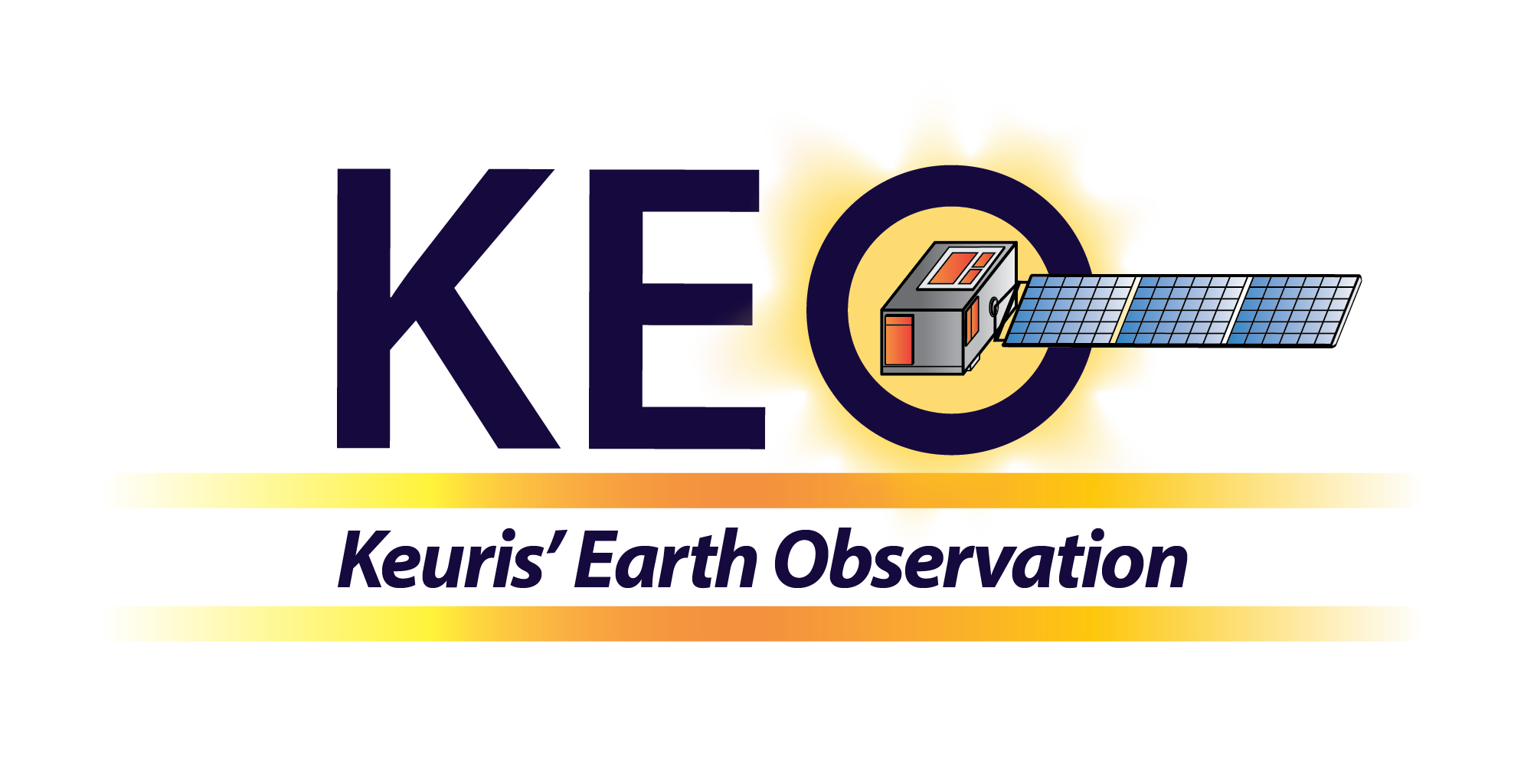ESA CCI Snow
The ESA CCI Snow project, also known as the Climate Change Initiative Snow project, is a scientific initiative launched by the European Space Agency (ESA) to improve our understanding of snow cover and its changes over time. The project's primary goal is to generate long-term, high-quality climate data records (CDRs) of snow parameters, including snow cover extent, snow water equivalent (SWE), and snow albedo, using satellite observations.
The key facets of the ESA CCI Snow project are as follows:
Objective: The central goal of the CCI Snow project is to provide precise and coherent data regarding snow cover and associated variables for climate research and modeling, playing a pivotal role in understanding climate change, hydrology, and the Earth's energy balance.
Satellite Data: The project harnesses data from diverse Earth-observing satellites, including those from ESA's Earth Explorer missions and international counterparts. These satellites capture data across various wavelengths and at differing spatial and temporal resolutions.
Data Records: The project is focused on creating climate data records, which constitute prolonged datasets of pivotal climate variables. These records are designed to be consistent, dependable, and fit for climate investigations, encompassing historical data and extending into the present.
Snow Parameters: The project primarily concentrates on critical snow parameters, such as snow cover extent (mapping the presence of snow over land and ice-covered areas), snow water equivalent (measuring the water content within snowpacks), and snow albedo (reflectivity of snow, vital for Earth's energy balance and climate).
Climate Monitoring: The CCI Snow project actively contributes to climate monitoring initiatives, aiding researchers and policymakers in assessing the evolving patterns of snow cover and their implications for regional and global climate dynamics.
Model Validation: The generated climate data records from the CCI Snow project serve as valuable tools for validating and refining climate models. Accurate representation of snow cover is indispensable for the reliability of climate simulations.
Data Accessibility: The project is committed to making its climate data records openly accessible to the scientific community, policymakers, and the general public, thereby facilitating climate research endeavors and informed decision-making.
The work was presented at the 2020 EGU in Vienna and the follow-up at the 2022 EGU in Vienna.
In my capacity as a research scientist I've been involved in the algorithm development, production and validation of the Climate Research Data Packages (CRDP). The amount of data is a challenge on its own, encompassing well over 20 years of daily global satellite data. You can find the project description, and its open access data, on the ESA project page.

Why Snow?
Snow is a pivotal element within the ensemble of cryospheric climate components and impacts the Earth at various scales. On average, snow cover reaches up to approximately 44% (47.4 ± 1.5 million km2) of the land area in the Northern Hemisphere during the winter period. The vast extent and its high albedo (ability to reflect light) cause a drop in the Earth's net energy balance as snow reflects a large portion of the incoming solar radiation.
The World Meteorological Organisation (WMO) has listed snow-covered area as an Essential Climate Variable (ECV) for its indisputable role in the Earth's climate system. More than one billion people depend on seasonal snow and glaciers for their water supply. Moreover, snow melt runoff is an important driver for the generation of electricity through hydropower stations and is especially relevant during the current energy transition towards greener sources. At the same time, snow melt runoff can take place rapidly - potentially flooding populated areas. In essence, the location, state and evolution of snow is a highly relevant topic of today for many world citizens, scientists and policymakers alike. Due to the enormous area that can be covered by seasonal snow each year, satellite remote sensing is currently the most feasible tool for mapping the world's spatially largest cryospheric component.

